Freight Procurement is a Different Game
Logistics Viewpoints
SEPTEMBER 4, 2023
Procuring transportation for freight is much different than any other procurement category. There are different tools, goals, and market dynamics. Transportation procurement needs to support both customer service and a company’s internal supply chain goals. The freight market is mercurial. It can move quickly from a situation where there is too much capacity in the market and buyers having the whip hand, to a situation where shippers are begging carriers to take their loads at almost any price.



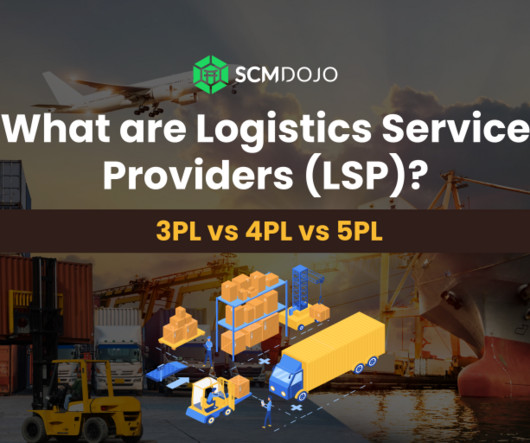

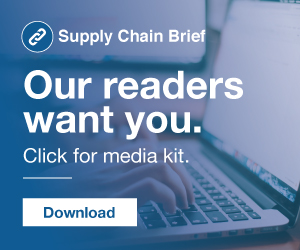
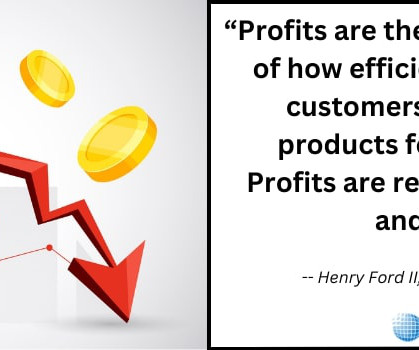
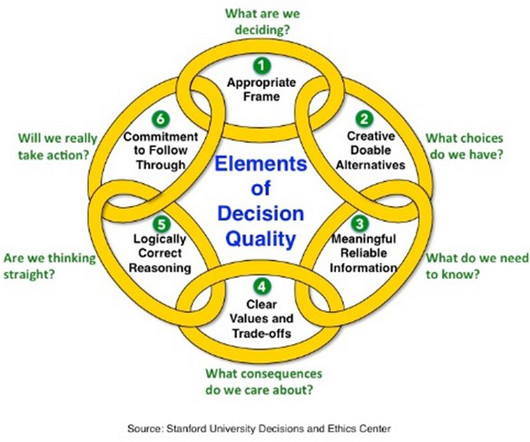

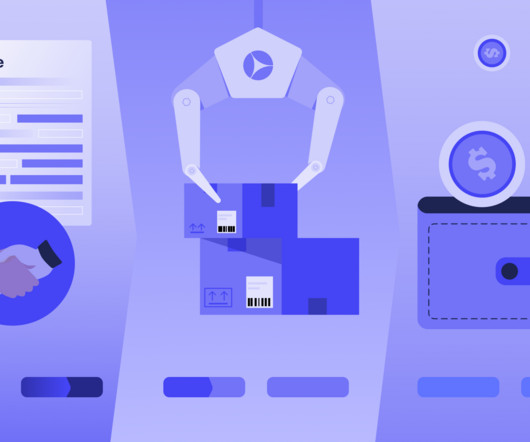


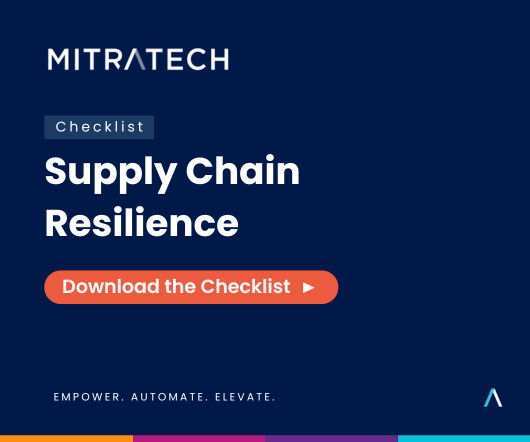






















Let's personalize your content